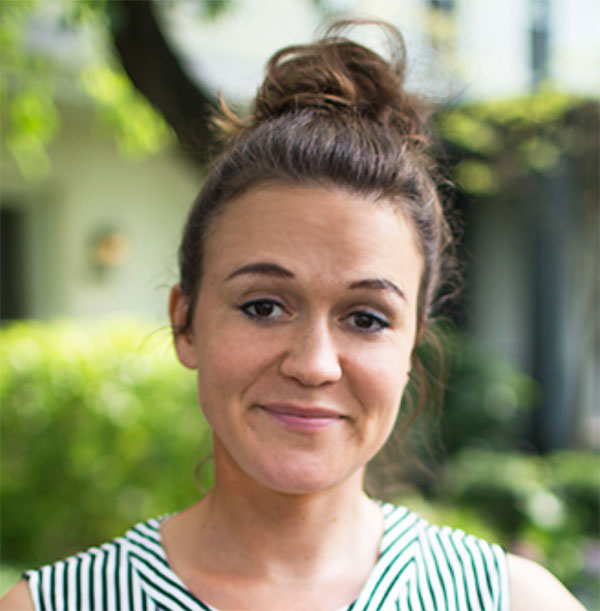Mapbox Cities works with communities around the globe to encourage data-driven analysis, improve efficiency, and instill resilience. But smart cities don’t exist without engaged citizens. Establishing a constant stream of feedback from citizens, often with the help of digital tools, is key to making cities more efficient and resilient. Even in a technology driven project, feedback loops bring the human factor into the equation.
Whether building digital tools for feedback collection or gathering feedback in a less tech-savvy environment, here are three essential components that truly smart cities follow:
- Be visual when describing the project, tool, or solution at hand. Building a cheap and fast prototype will get participants on the same page and better equip everyone to solve the problem. Don’t make assumptions that your audience can imagine and grasp the digital tool you’re planning to work on: build a paper mockup or sketch out the UX when you first approach your target group for feedback. Even once the concept stands, don’t build the perfect digital tool in your mind right away. Release it early on and get as many opinions as possible to further shape and refine your product. Listen to your user feedback on anything from user experience related attributes (like the color or position of a button) to new features or datasets.
- Recognize feedback in all its forms. It might not always be clear that it’s feedback! You might have to ask a lot of questions, provoke your audience, and read between the lines. In most cases, but particularly when building tools, the people you work with might not be used to giving feedback in a way that support your needs. When working with local governments, community stakeholders are often overwhelmed by the many aspects of data-driven tools and that almost everything is possible. At Mapbox Cities, we show visual examples of similar projects we built. We share our research and discuss examples from other cities to get the conversation going. Stakeholders begin to understand the importance of bringing their feedback to the table as a last missing piece to the puzzle. Then we go further, we ask community members to share anecdotal stories to discover and address higher level challenges.
- Share your efforts with others in the same situation. Enabling others to use your project – with all your learnings and without the mistakes – is essential to the success of the sector as a whole. But to help people actively avoid the same potholes you stepped in, transparency is key. Stick to open standards, open source tools, and open data. Over time, with proper documentation of your project and response to feedback, next iterations of your project will eventually create the perfect version of your initial idea. Open source tools for cities require the community to engage where they can: from bug hunting to updating the code to giving user experience feedback.
These three points were crucial to the success of the Chennai flood map, which was built by Arun Ganesh, Sanjay Bhangar, and Aruna Sankaranarayan of Mapbox Bangalore overnight after heavy rains hit the city in 2015. By the time the team completed the tool intended to help crowdsource which streets of Chennai were flooded, the public requested to add newly available data on locations of flood relief centers to the map. The government had released an incomplete list of the locations, and volunteers helped to verify these locations, but there still was no map. The team had been so busy working on making the interactive map that they didn’t think of adding this data.
By sharing the prototype early on with the community, the Chennai flood map was able to adapt to this community perceived need, and provide real value to the people of Chennai suffering from the flooding. Within 48 hours 400 street segments were reported as flooded, which quickly rose to over 1000 streets after local press picked up on the story. The map is available as an open source project, free to replicate for other cities suffering from flooding. The Mapbox Cities program is now working on making more citizen feedback tools open source to cities globally.
Interested in data, urban tech, and user psychology, Christina explores how Mapbox’s work with data can be an integral part of future smart cities. Christina graduated from Karlsruhe Institute of Technology (KIT) in Germany as an architect. She doesn’t work with buildings anymore, but explores user-centered design thinking in digital and urban environments. Previously working for the smartphone app Human, Christina had been researching how data can help make cities more movement-friendly. She holds an MA from Central Saint Martins College London with research on productivity in creative work.









